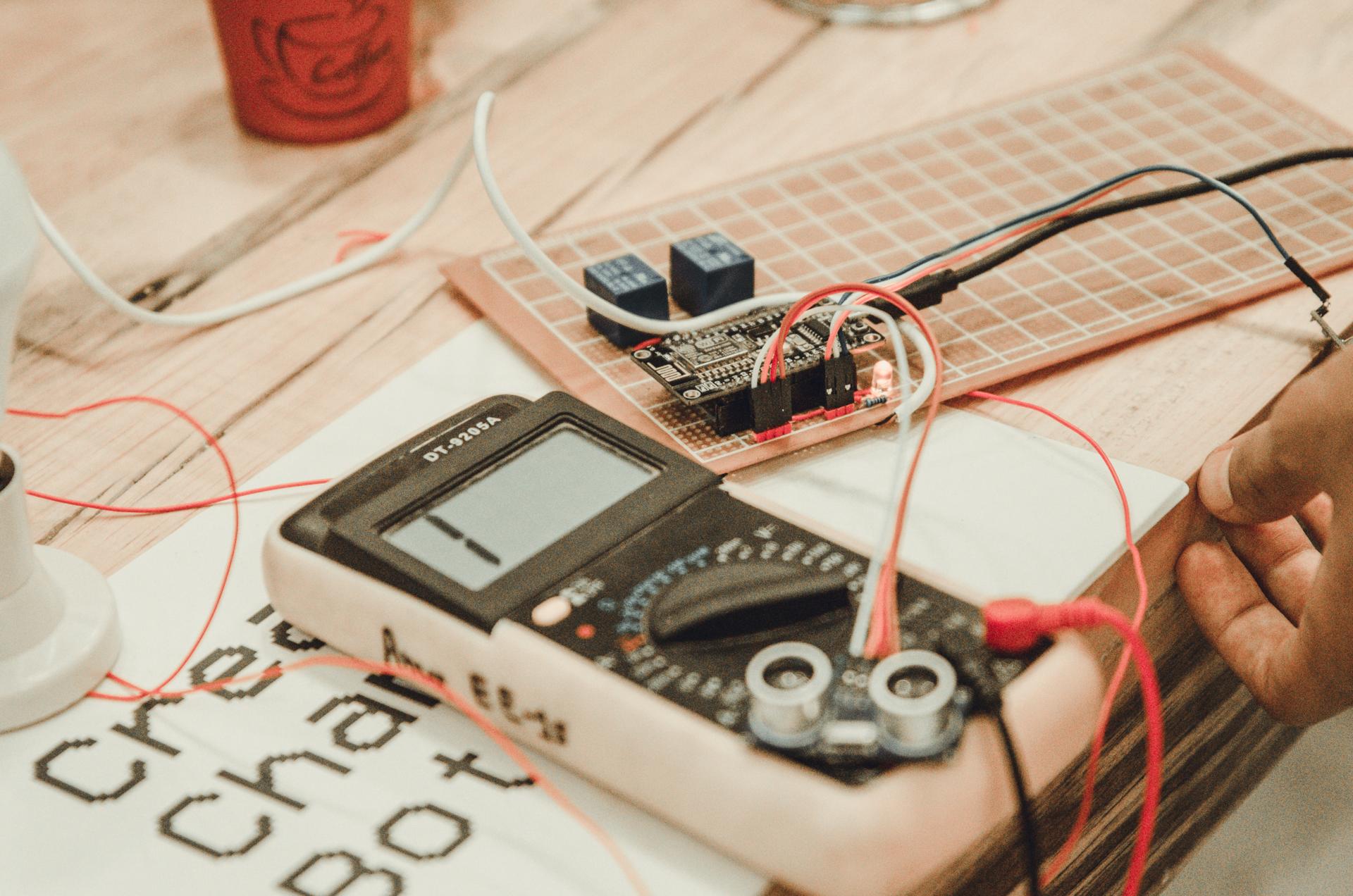Protect Your Family: Learn How to Conduct an Electric Safety Test at Your Place

When it comes to home security, one of the most crucial areas to think about is electrical safety. Electrical safety testing is the procedure of testing the electrical system in your home to ensure that it’s safe and current. In this article we’ll give you information on what electrical safety testing are, the tools will be required for conducting them, the best method to perform the tests, and what warning signs you should look out for.
What exactly is an Electrical Safety Test?
An electrical safety test is the procedure of examining the electrical system within your home to ensure that it’s functioning safely and in a proper manner. Safety tests for electrical appliances are crucial because they can help in preventing electrical fires and electrical accidents as well as ensure the durability of your electrical system.
Tools Required to conduct an electrical Safety Test
In order to conduct an electrical safety test you’ll need some essential equipment. These include a voltage tester and a continuity tester circuit tester and the outlet tester. It is utilized to check for live circuits while the continuity tester is used to check for circuits that are damaged. The circuit tester is utilized to look for wiring issues as well as the outlet tester is used to check for wiring issues at the outlets. It is crucial to use these devices correctly to get precise results.
How do I Conduct an Electrical Safety Test
To conduct the electrical test inside your home Follow these steps:
Switch off the power source on the circuit or circuits you’re conducting tests on.
Utilize your voltage tester to look for live circuits.
Use the continuity tester to check for damaged circuits.
Utilize the circuit tester to check for any wiring issues.
Make use of the outlet tester to check for wiring problems in the outlets.
During the process of testing make sure you look for indications of wear or damage on the wiring that could indicate damaged or frayed wires, burn marks, as well as loose or damaged connections. If you spot any problems, it’s important to address them as soon as possible to avoid potential hazards.
Signals of electrical problems to be Watchful For
There are a variety of warning signs that could indicate electrical issues in your home. These include flickering lights frequently tripping the circuit breaker and crackling or buzzing sounds emanating from outlets. They also include outlet that are hot or discolored and a smell of burning. If you observe any of these warning signs, it’s important to act immediately to prevent any electrical dangers.
Conclusion
Tests for electrical safety are vital for ensuring the safety of your home and family. By performing regular tests and fixing any issues quickly to avoid any potential hazards to electrical equipment and extend the lifespan of your electrical system. If you need help in electrical repairs or testing do not hesitate to call Local Electrician Melbourne CBD. Our knowledgeable team will offer you expert advice and support. Contact us at 1300 933 820 to schedule an appointment or request a quote.
FAQ Section
What is the recommended frequency to do an electrical safety check in my home?
We recommend conducting electrical safety tests at least once a year.
Do I have the ability to conduct an electrical safety test on my own , or do I need the help of a specialist?
While it’s possible to perform tests for electrical safety by yourself, it’s recommended to hire a professional to ensure accurate results and to avoid any potential dangers.
Which are the top common electrical problems found in an electrical safety test?
The most common electrical problems that are discovered during a safety test comprise faulty wiring, overloaded circuits, and outdated electrical systems.
What do I do if find an issue in the electrical safety test?
If you find an issue when you conduct the electrical safety check It is crucial to take action immediately. This could include getting an experienced electrician to resolve the issue or replacing the equipment that is malfunctioning.
